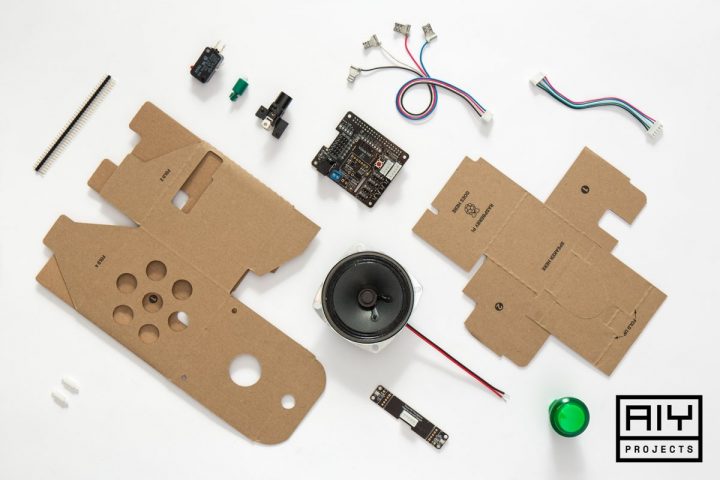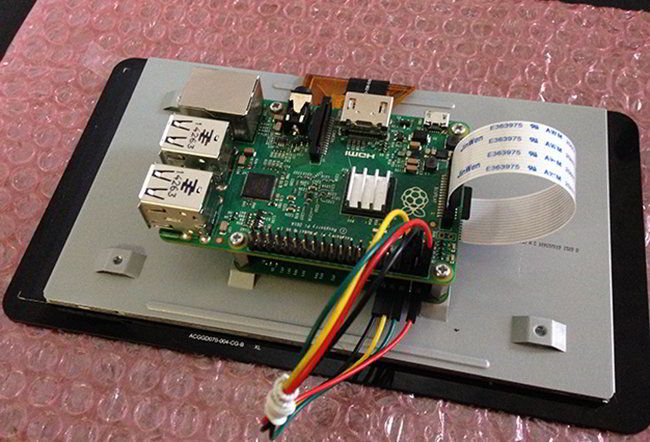Table of Content
It will walk you through how to use any Raspberry Pi device to control an electronic relay, using Node.js and the IFTTT web services. This tutorial assumes that you have a Google Cloud account and have completed the setup steps outlined in theIoT Core getting started guide. For quick cleanup, create a new Google Cloud project to use just for this tutorial.

It works awesome in every way, but I felt bad for its video feature. We can watch Youtube and Netflix only if we have a Chromecast device or TV with inbuilt Chromecast feature. I have a Raspberry Pi with me, so I thought of making use of it to play my favorite videos and movies with voice commands. This project is a good introduction to using Google API services. Now that you have a Google Assistant device, try some of the best Google Home commands---we've looked at some great Google Home mini games. NO Port Forwarding is required with this method.
Install Google Assistant on Raspberry Pi and Turn into Google Home Speaker
For this reason, it is often easiest to set up your Pi with a monitor, keyboard, and mouse even if you plan to primarily use the Pi remotely. To run commands on the Raspberry Pi, you need to open the terminalon the device or use an SSH connection. You must use an SSH connection from your development machine if you do not have a monitor, keyboard, and mouse connected to the Raspberry Pi.

SRE Principles Tools and resources for adopting SRE in your org. Productivity and collaboration Connect your teams with AI-powered apps. Data Cloud Make smarter decisions with unified data.
Create a subscription to your telemetry topic to view data
Here, the reply can either be a simple conversation or else data retrieved from a webhook, which we are going to make using Rpi server. So, go to Dialogflow website and create an account and a new agent. Now the GPIO pin is set to output and initializes in a low state. You can run your modified script passing your model-id number as an argument. Since this is a virtual environment, you'll need to install RPi.GPIO before moving forward.

These are preconfigured valid states that the LED will respond to, defined in led-light.py. Sending configuration updates from the IoT Core console toggles the LED device through the gateway device. Next, you manage an LED light connected to the gateway through IoT Core configuration updates. Looker Platform for BI, data applications, and embedded analytics. Smart Analytics Generate instant insights from data at any scale with a serverless, fully managed analytics platform that significantly simplifies analytics. Rapid Assessment & Migration Program End-to-end migration program to simplify your path to the cloud.
Setting the Trigger.
Startup Program Get financial, business, and technical support to take your startup to the next level. Datasets Data from Google, public, and commercial providers to enrich your analytics and AI initiatives. Google Workspace Collaboration and productivity tools for enterprises. High Performance Computing Compute, storage, and networking options to support any workload.
Our authentication credentials are verified now, but Google still want to verify through a pop display. But our pop up is blocked by the CORS(Cross-origin resource sharing) so, first disable this thing using below command. Run the following command to install Python3 and the Python 3 Virtual Environment to our RPi. You can select any traits that you need, but in our case we don’t need any of these so we just clicked the Skip button as shown below. First, we have to register and set up a project on theGoogle Console Actions dashboard . MSU is an affirmative-action, equal-opportunity employer.
Raspberry Pi setup
Copy the authorization code which follows, and paste it back into your terminal window. Google Assistant has some dependencies which you should install into the virtual environment now. If you've never done this before, this tutorial will help you learn how to use Python virtual environments. Google recommends working in a Python virtual environment.

Connect your keyboard and mouse to the Raspberry Pi USB ports. Attach a power source to the Raspberry Pi using the microUSB cable . Ensure that the right project is selected in the upper left. Demonstrate changing configurations on a device bound to a gateway. The following diagram gives a high-level overview of how the device/gateway architecture is structured. Google Cloud's pay-as-you-go pricing offers automatic savings based on monthly usage and discounted rates for prepaid resources.
Cloud Debugger Real-time application state inspection and in-production debugging. Network Intelligence Center Network monitoring, verification, and optimization platform. Network Connectivity Center Connectivity management to help simplify and scale networks. Cloud Load Balancing Service for distributing traffic across applications and regions. Migrate to Containers Tool to move workloads and existing applications to GKE.
To avoid incurring any future billing costs, it is recommended that you delete your project once you have completed the tutorial. Click the Create button to create the subscription. In this section, you set up a DHT22 sensor to send telemetry from the sensor through the gateway to IoT Core. The gateway that you created should be listed in this registry. Connect the Raspberry Pi to a monitor through the HDMI port.
This command will launch the chromium browser with the CORS security disabled, don’t browse the internet with this disabled. In this file, you have to copy the contents of the credentials file that we downloaded. Open the .json file in your favourite text editor and press ctrl + A then ctrl + C to copy the contents. We also assume that your Raspberry pi is already set up with an Raspbian OS and is connected to the internet.

Copy this somewhere as you will need to add this IP address to led-light.py and thermostat.py later for connecting devices to the gateway. Your gateway and devices need to be on the same network and be visible to each other. Google provides the API for using its voice service, which is open source and available on Github.
Step #4
Connect your Pi to a monitor, keyboard, and mouse. Once you plug in the Pi, it will automatically boot up. Since you are running the Raspberry Pi OS with Desktop, you can you the graphical user interface just like a normal computer.

No comments:
Post a Comment